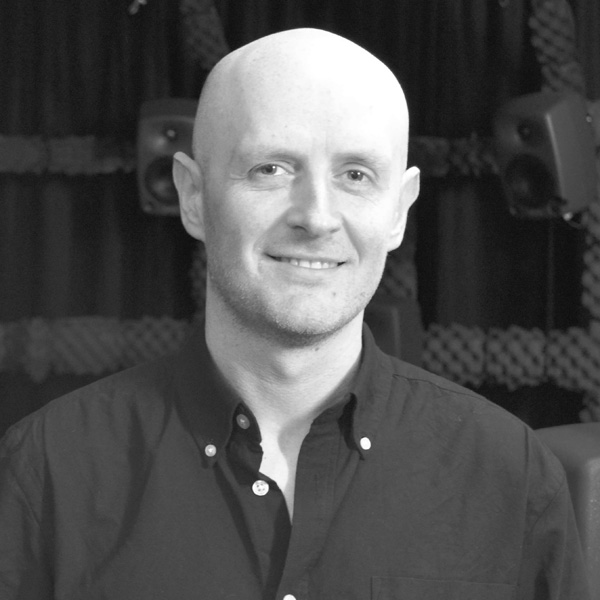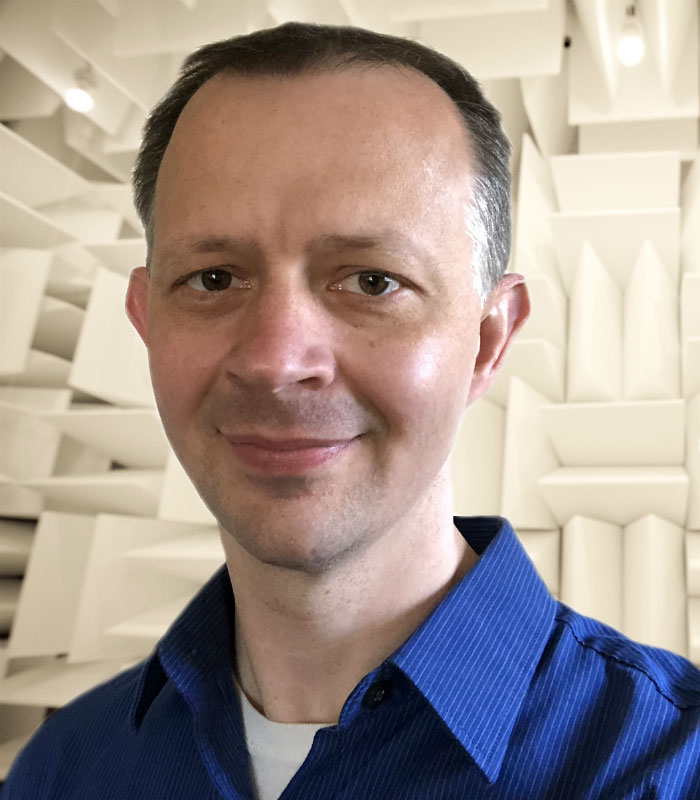Conference Proceedings
Analogue media
CD-R and optical media
File formats and metadata
Standards-related publications
As another feature of Inside Track we’re piloting a video interview hosted by Francis Rumsey, Consultant Editor and Technical Writer for the AES Journal. You’ll have the chance to hear one of our recent authors talk about their research in an accessible way, find out what they did, why they did it, and why it’s important. We’ll look forward to finding out how these are received.
This month Francis talks to James Woodcock about his paper on mixing of object based immersive audio, published in the January/February AES Journal.

MAY 2018

JUNE 2018